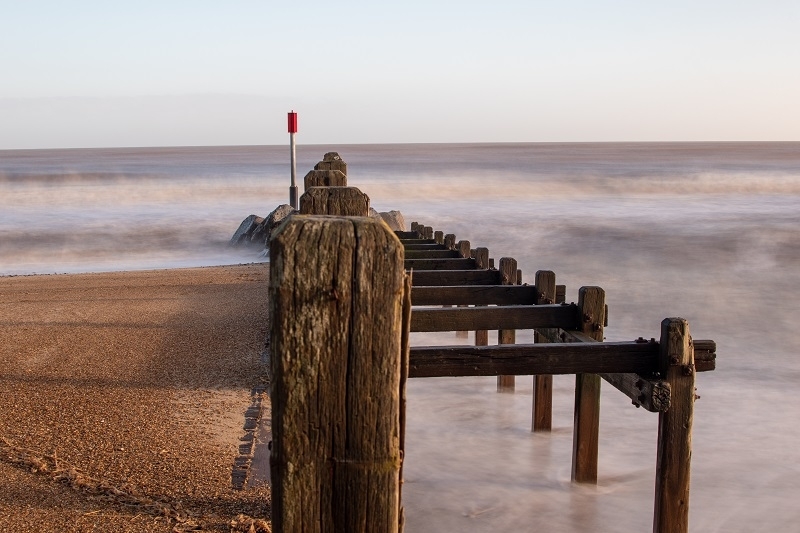6 things to consider when choosing your timber piles
Published: 05/04/23 By: Mike Bekin
Whether as part of coastal defences or forming the foundations of great buildings, timber piles are a solid part of our country’s architecture. These strong, durable trunks are found across the UK and beyond and work tirelessly to replenish our beaches with sand and prevent our coast from erosion! Also, if you are choosing timber piles for your river or retaining wall construction project, here are a few things to consider to ensure you make the right choice.
Which Species is Best For Timber Piles?
When looking at timber species for your piles, you need to consider their characteristics. Every variety of timber has slightly different properties. Those which are the most important for timber piles include:
- Strength
- Durability
- Resistance to rot
Let us take a closer look at what each of these means and why they are important.
Timber Strength
Strength simply refers to how much weight and pressure can be put on the timber before it breaks. A very strong species will be able to take a lot of weight without so much as a splinter. As load bearers, piles must be made of a strong timber.
Timber Durability
When we talk about timber durability, we are talking about how long it will last under constant wear and tear – of course strength is one of the components of durability in sea defence projects, where the timber piles are under constant tidal stress. For more decorative applications, timber does not need to have good durability. But for piles which are likely to be needed for many years and will see a lot of work, it is essential that they don’t dent, crack or break easily.
Resistance to Rot
For all timber pile applications, the need for resistance to rot should be considered. For any timber which is intended for maritime environments, it is particularly important. If your wood species begins to rot at the slightest touch of damp, it won't last long in the ocean or river! Resistance to rot is also vital for any timber which is in contact with the ground or installed in a humid environment.
Other Considerations
Aside from these three considerations, there are other important properties to consider. For example, a species that doesn’t bend or move very much is a wise choice for driving vertical piles. The surface finish of your timber is important, too, but more so for the planks that connect the piles since you don’t want any gaps between them.
Common Choices For Timber Piles
Some of the most common timber choices for creating piles include:
But there are plenty of other great options out there. Be sure to take your time to find the timber which is perfect for your project.
Make the Right Choice With EcoChoice
At EcoChoice, we are timber experts. No matter what the application, we can find the right species for your project and ensure your construction is fit for purpose. If you need help choosing the right timber for your piles, get in touch with us today and we will be more than happy to help.
Image: CDK Photos / Shutterstock.com
